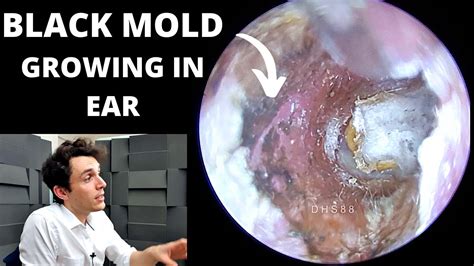Mold exposure is a concern that affects various aspects of health and agriculture. Understanding the risks associated with mold and how it impacts both human health and agricultural products is crucial. This comprehensive overview delves into the various dimensions of mold exposure, drawing insights from reputable sources such as Ohio State Health, NC State Extension, and Harvard Health.
Mold in the environment can pose serious health risks, especially for individuals with respiratory conditions like cystic fibrosis or asthma. While mold is less likely to grow in the lungs of healthy individuals, significant and regular exposure to mold, as in the case of farmers working with molding hay, can lead to health issues. Ohio State Health provides valuable information on the health implications of mold exposure and preventive measures. Learn more at Ohio State Health & Discovery.
In agriculture, particularly in corn production, mold presents a different set of challenges. Corn ear rots, caused by various fungi, can lead to significant crop damage and economic losses. These rots often begin at the tip of the ear or on individual kernels and can progress to affect entire ears, impacting both the plant’s roots and stalks. NC State Extension offers comprehensive guidance on managing mold and mycotoxins in corn production. More information is available at NC State Extension Corn Ear Rots & Grain Molds.
Apart from affecting crops, molds can also have implications for human health in other scenarios. For instance, middle-ear infections, or otitis media, can occur when the Eustachian tube is blocked due to congestion from allergies or colds, allowing bacteria or viruses to multiply in the middle ear. Harvard Health provides in-depth information on the causes, symptoms, and treatment of middle-ear infections. Discover more at Harvard Health Middle-Ear Infection (Otitis Media).
Moreover, the University of Nebraska highlights the diagnosis of external ear diseases, emphasizing the importance of recognizing early signs and symptoms for effective treatment. This information can be crucial for healthcare providers and patients alike. Further details are available at University of Nebraska External Ear Disease Diagnosis.
In summary, mold exposure poses diverse risks, from respiratory health concerns to agricultural crop damage. Understanding these risks and adopting appropriate management and preventive measures is key to mitigating the impact of mold. The insights provided by these reputable sources offer valuable knowledge for both the general public and professionals in health and agriculture.
